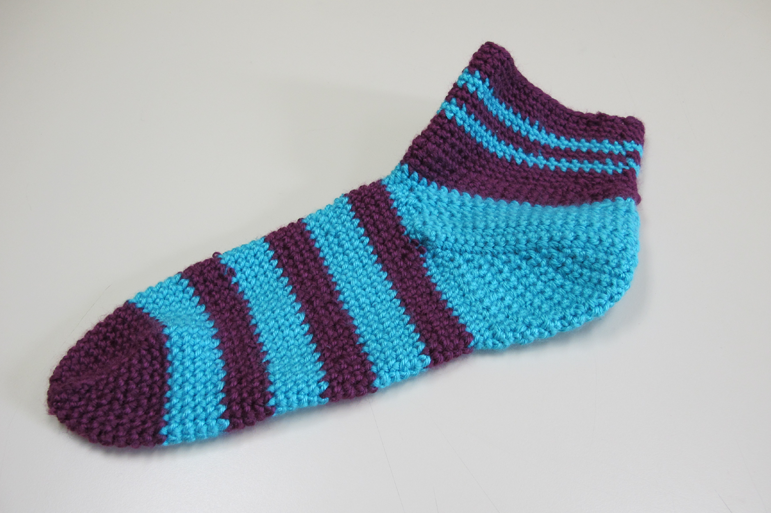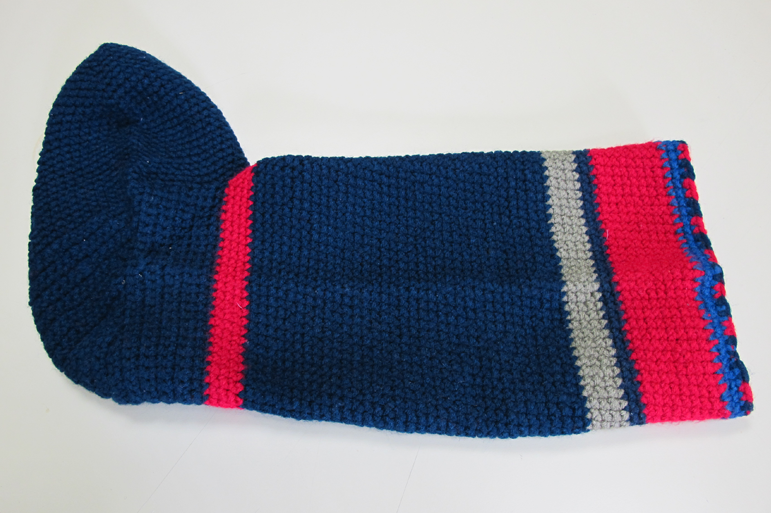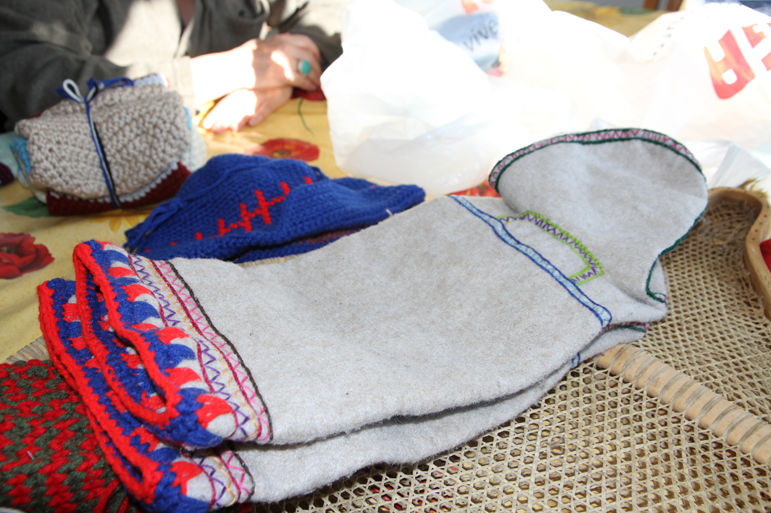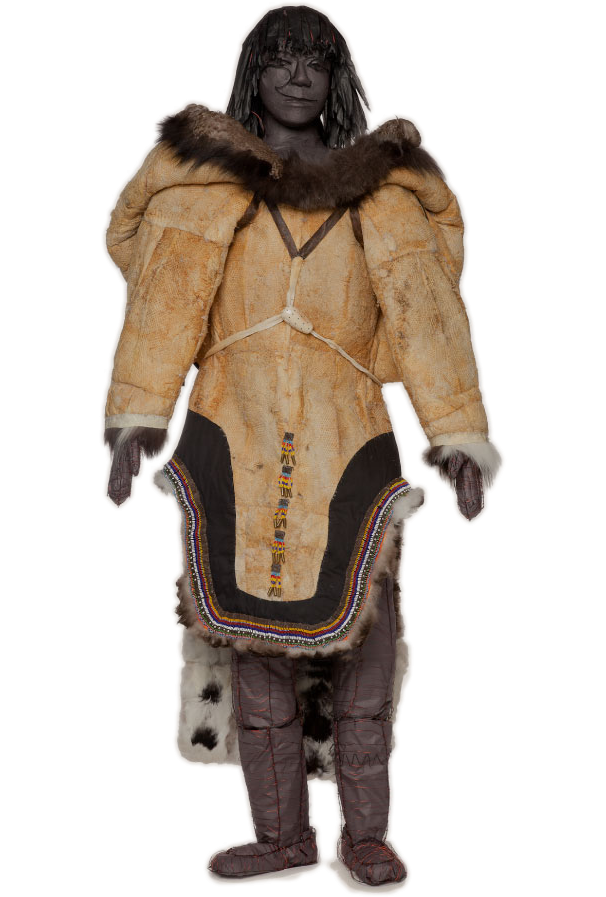Français
Expert knowledge of natural resources
The footwear and garments of the Inuit are a masterful testament to their ability to innovate and adapt to their harsh northern environment. With only animal resources to rely on for clothing, the Inuit developed expert knowledge of the materials available to satisfy their needs.
To stay dry, they turned to waterproof materials such as seal and whale intestines, which also made excellent windbreakers. The material of choice for boots was ringed seal skin, because it was waterproof as well as breathable, allowing moisture to escape. The thicker fall coat of the caribou was used for winter garments that were extremely warm, while the spring coat was ideal for lighter clothing worn in milder weather. Polar bear fur, lighter than that of the caribou, was also made into garments. Groups that lacked access to large mammals developed techniques for making the skin of the eider duck into waterproof, insulated clothing.

Inukjuak
La Boîte Rouge vif archives, 2006
The concept of layering
The Inuit invented the concept of dressing in layers to deal with the highly variable northern climate.
“The layer method makes good use of air that is trapped in the garment fabric, both within the fibers as well as where the threads intersect, and it makes even better use of air that is retained between the wearer’s different layers.”1. »
With this method, the body’s warmth is distributed through the layers of clothing, providing maximum insulation against the cold and damp. Today’s outerwear designers have taken a page from the Inuit, borrowing methods developed over centuries living on the land.
Without question, these age-old Inuit techniques have proven their value. From fur parkas that kept warmth in to water and windproof coats that allowed moisture to escape, numerous combinations were put to use to stay comfortable in all kinds of conditions.
1Source : DUBUC, Élise. « Culture matérielle et représentations symboliques par grands froids : les vêtements de l’industrie du plein air et la tradition inuit », Revue d’histoire de la culture matérielle, no 56, automne 2002, p. 32-52.



1-3. Layered wool slippers
Philip Peastitute, Naskapi
Everyday wear and ceremonial dress
Everyday garments had few embellishments, although amulets were sometimes sewn on to protect the wearer.
On garments, gutskin parkas were also used during ritual ceremonies. Inuit taking part in these ceremonies wore this type of coat in order to make contact with spirits who they believed possessed similar garments.
Unlike everyday garments, clothing worn for ceremonies and feast days was profusely ornamented with beads, shells, and geometrically patterned embroidery.

Amauti
Les Musées de la civilisation, restored by Centre de conservation du Québec, 89-2006
Photograph : Jessy Bernier – Perspective




